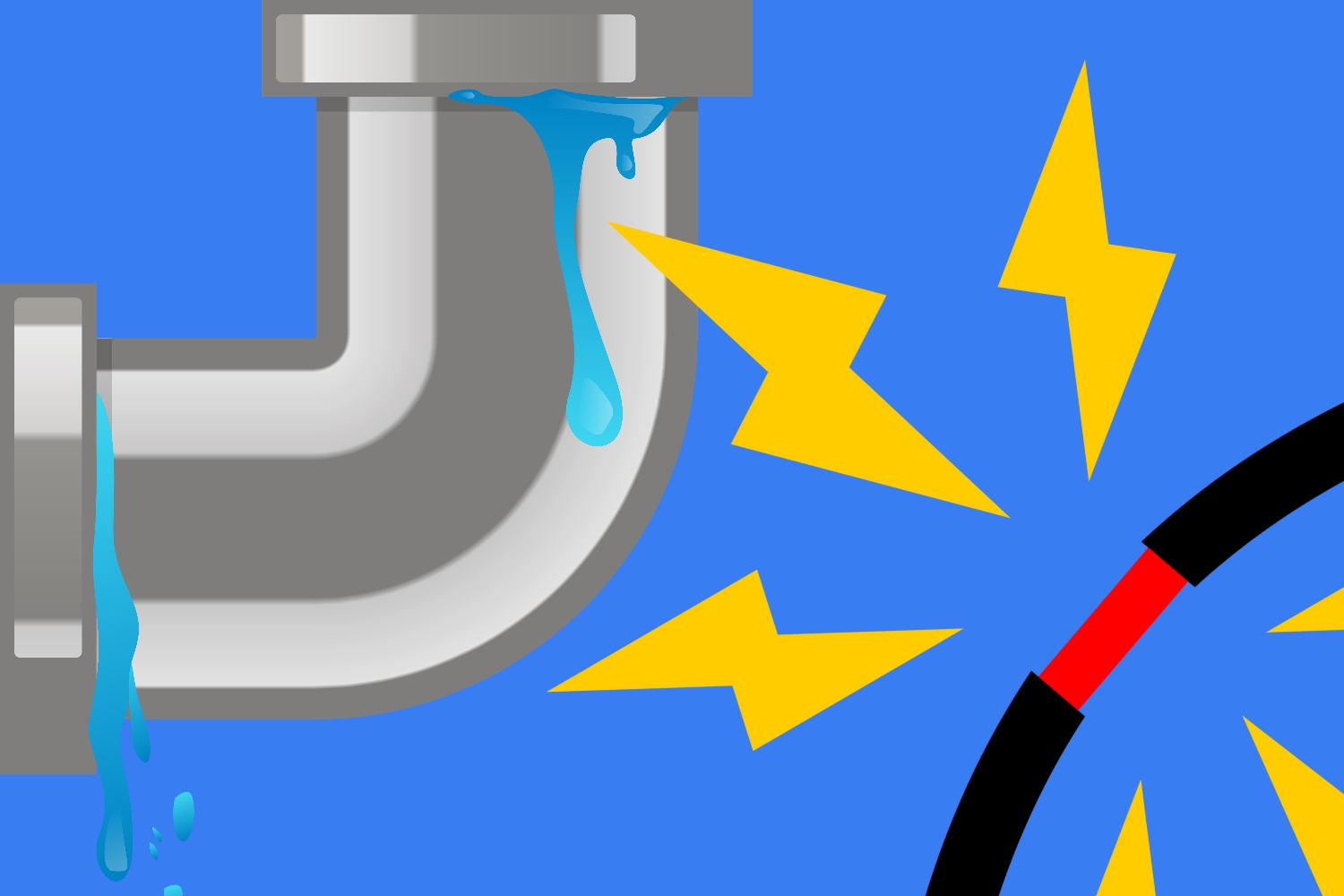
When Is the Right Time to Get a HELOC?

If you’re a homeowner considering tapping into your home equity with a home equity line of credit, you may be thinking about loan factors like interest rates and draw periods.
While these are important things to consider, there may be one question that you should be asking yourself first: Is now the right time to get a HELOC?
Apply for a HELOC too soon, and you risk not having enough home equity to make it worth it. Apply without a proper understanding of how a HELOC works or good financial standing, and you risk getting yourself into a sticky situation.
In this article, we’ll take a look at the best time to get a HELOC and how you can make sure you’re financially prepared to take on the responsibility.
Understanding Home Equity and HELOC Eligibility
The relationship between home equity and HELOC eligibility is fundamental— after all, home equity is right in the name. The amount of equity in your home is the basis for determining your eligibility and the amount you can borrow through a HELOC.
Home equity represents the portion of your home’s value that you own outright, excluding any outstanding mortgage balance. It is calculated by subtracting your mortgage debt from the current market value of your home. For example, if your home is valued at $400,000 and you still owe $250,000 on your mortgage, your home equity would be $150,000 or 37.5% of the home value.
HELOC eligibility is directly tied to the amount of equity you have in your home.
In Texas, strict consumer protection regulations are in place to govern all types of home equity loans. These regulations include the 80 Percent Rule, which states that the combined amount owed on the mortgage and home equity loan cannot exceed 80 percent of the home’s market value. This means you must have at least 20% equity in your home to even qualify for a HELOC.
From Mortgages to Home Equity Loans
Our local, award-winning lending team is ready to help you begin today.
Finding the Right Time to Get a HELOC
When it comes to obtaining a HELOC, timing plays a crucial role in maximizing the benefits and ensuring a favorable borrowing experience. Here are key indicators of the best time to consider a HELOC.
You’ve built substantial equity in your home
Just because you can get a home equity line of credit after hitting the 20% equity threshold doesn’t mean that you should. Take a HELOC out too early, and you may risk tapping into a dry well. In other words, you won’t have a lot of available equity to actually use.
It’s usually best to take advantage of a home equity loan product after you’ve built substantial equity in your house.
This equity could be a result of:
- Paying down your mortgage over time
- An increase in your home’s value thanks to market conditions or improvements
This improved equity position not only strengthens your borrowing potential but also increases your chances at securing a favorable loan term. When it comes to loan terms, every little bit counts. Better interest rates can save you thousands of dollars in the long run.
You have a clear purpose for borrowing
One of the key aspects of responsible HELOC usage is having a clear purpose for the funds.
Evaluate your reasons for wanting a HELOC and ensure they align with your long-term financial goals. Using a HELOC for home improvements, investments, education expenses, or debt consolidation can be considered strategic uses that may enhance your financial situation.
Perhaps you haven’t made substantial headway in paying off your mortgage, but you have enough to qualify for a HELOC. If you’ve done the math and determine that you have enough available equity to cover the cost of the intended purpose, it could be a worthwhile endeavor.
Don’t get a HELOC just to get a HELOC or because you think your home value may fall. Only take one if you need one and have a clear goal in mind.
Using Your HELOC Responsibly
More important than understanding how much money you’ll need to borrow is understanding how to use a HELOC responsibly. Here are some tips to keep in mind before applying.
1. Evaluate the urgency.
Consider the urgency of the expense that requires funds. If the expense is something that can wait, it may be wise to delay tapping into your home equity. Taking the time to build more equity and improve your financial stability can lead to better terms and options when you do decide to pursue a HELOC.
2. Consider alternative options.
Before committing to a HELOC, explore alternative ways to meet your financial needs. Can you secure a personal loan or home equity loan with favorable terms? Are there other sources of funding such as savings or investments that you can tap into? It’s important to consider all available options and choose the one that aligns best with your financial situation.
3. Plan for repayment.
Develop a solid repayment plan for your HELOC. Understand the terms, interest rates, and monthly payments associated with the loan. Calculate how these payments will fit into your budget and ensure you have a realistic plan to meet your obligations. Remember, responsible usage includes making timely payments and managing your finances responsibly throughout the duration of the HELOC.
The Bottom Line
To determine whether or not it’s a good time to take out a HELOC, start by looking at your equity. In Texas, you’ll need at least 20% to borrow against your home, but in most cases, the more equity you have, the better.
Additionally, having a clear purpose for borrowing is crucial. Evaluate your financial goals and determine if a HELOC aligns with your long-term objectives, whether it’s for home improvements, investments, education expenses, or debt consolidation. Prioritize responsible usage by assessing the urgency of your needs, considering alternative options, and developing a solid repayment plan.
By approaching a HELOC with knowledge, prudence, and a focus on responsible usage, you can leverage this financial tool to your advantage and achieve your long-term financial goals!


